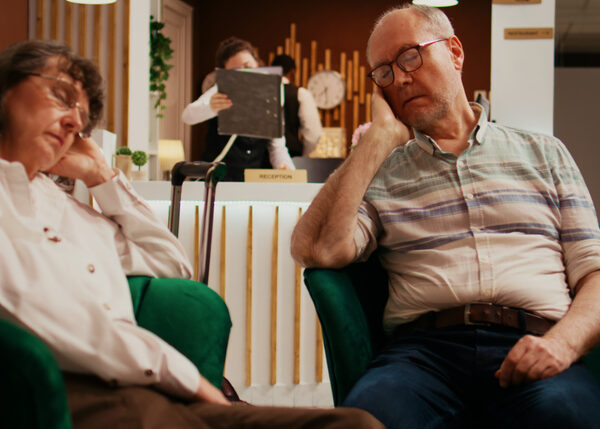While treating the appearance of varicose veins may improve confidence about going bare-legged in the summer or on holidays, eliminating these no longer functional veins can improve circulation and prevent skin ulcers and blood clots.
Over the past 10 years, Endogenous Vein Laser Ablation (EVLA) has become the leading technique for the permanent elimination of large varicose veins. Large veins can be killed by inserting laser fiber into the vein and then using the laser to heat and kill the vein. The success rate is more than 90 per cent and recurrence rates are low, in contrast with traditional vein “stripping” surgery which has a 20 to 40 per cent recurrence rate within three years. However, EVLA may not be covered some health insurances.
With proper after care, including compression hose, walking every day following the first 24 hours and avoiding hot baths or saunas, recovery from EVLA can take as little as one to two weeks. Stripping will require a two to four weeks recovery period and requires a general anesthetic.
Varicose veins are often hereditary but there are a few steps you can take to delay them from forming or worsening. Pregnancy, age and sex are also risk factors for varicose veins which are more common in women.
Varicose Vein Prevention
- Avoid standing or sitting for long periods without a break
- Don’t cross your legs while sitting; keep legs raised while sitting, resting or sleeping above the level of your heart
- Lose weigh if you are overweight, this will improve blood flow and ease pressure on veins
- Avoid tight clothing around the waist, groin, upper thighs or legs
- Don’t wear high heels for long periods of time
- Get regular exercise that improved muscle tone in the legs
- Compression stocking may keep blood from pooling in the veins and lessen swelling (check with your doctor first)
(source: U.S. Department of Health and Human Services)






Add Your Voice
0 Comments
Join the Discussion